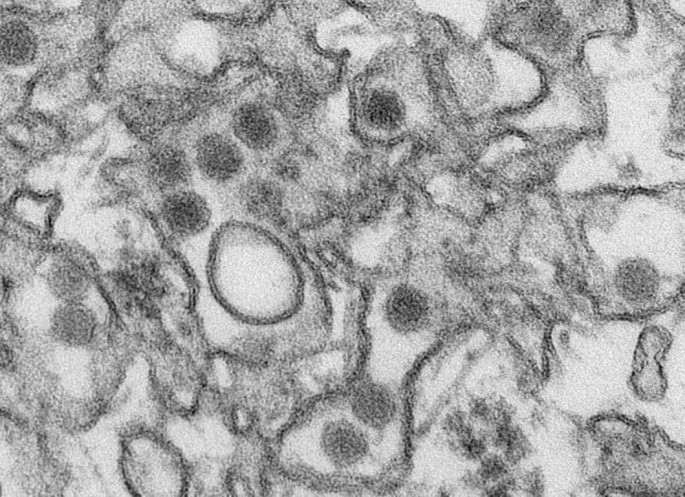While China may be at risk of being affected by mosquito-borne Zika virus that is spreading in the Americas, the likelihood of spread is low since there are fewer mosquitoes in winter and spring, according to China’s top health authority.
Incidences of Zika virus, which is associated with severe birth disorders, have been reported in different American states since 2014, and the cases quickly increased in recent months.
According to China Daily, Chinese mainland has not had Zika cases so far, although the country is vulnerable to the virus being imported from other regions.
The Chinese Center for Disease Control and Prevention advised that people should be on the lookout.
Currently, China is collaborating with other countries and the World Health Organization, exchanging medical information and staying briefed on the state of the virus to be ready for any risks.
The country has summoned experts to analyze the risk of the virus and the possibility of it spreading in China. Reports have gone to diverse organizations to coordinate their eventual response efforts.
Furthermore, the center has already created the detection reagent using nucleic acid, "which allows the researchers to test and confirm whether the suspected patients are indeed infected," according to He Xiong, the deputy director of Beijing center for Disease Control and Prevention.
The national health authority is set to train researchers and doctors at provincial disease control centers to be ready.
He said, "China has made huge progress in technologies and acts more swiftly in response to any outbreak of infectious disease 12 years after the SARS outbreak."
The deputy director added that international cooperation with other nations around the world has become smoother and more effective.
Zika virus is believed to cause birth defects when a pregnant woman is infected. The virus caused a recent rash of infants born with microcephaly in Brazil. A report by Xinhua revealed that 31 cases of Zika virus have been recorded in the United States.
The World Health Organization estimated that about 4 million people could be affected with the virus as it spreads from Latin America and the Caribbean to North America in the near future.



























